ince oxygen is involved in most of the biological and chemical processes in aquatic environments, it is a crucial parameter to measure. Oxygen can also be used as a tracer in oceanographic studies. Aanderaa revolutionized oceanographic oxygen monitoring/research with the introduction of oxygen Sensor in 2002. Applications range from shallow creeks to the deepest trenches, from tropical to in-ice/in-sediment measurements. More than 200 scientific papers have so far been published using these optodes, including publications on the oxygen sensor working principle. The oxygen sensor is designed to measure absolute oxygen concentration and % saturation. The sensor can be used from streams to deep sea, from fish farms to waste water and from polar ice areas to hydrothermal vents.
These sensors are based on the ability of selected substances to act as dynamic fluorescence quenchers. The fluorescent indicator is a special platinumporphyrin complex embedded in a gas permeable foil that is exposed to the surrounding water. This sensing foil is attached to a glass window providing optical access to the measuring system from inside a watertight housing. The sensing foil is excited by modulated blue light; the sensor measures the phase of the returned red light. For improved stability the sensor also performs a reference phase reading by use of a red LED that do not produce fluorescence in the foil. The sensor has an incorporated temperature thermistor which enables linearization and temperature compensation of the phase measurements to provide the absolute O2-concentration.
Sensing Foil Considerations
We offer 3 different types of foils on our optodes. The Pst3 & FDO701 sensing foils are protected by an optical isolation layer, making the foil extra rugged and insensitive to direct sunlight. The fast response sensing foil is not equipped with this layer; ambient light intensity higher than 15000 lux may cause erroneous readings. We recommend the more rugged and stable FDO701 foil in applications where fast response is not needed.
|
4835 |
4831/4831F |
4330/4330F |
4531 |
| Shallow water |
X |
X |
X |
X |
| Intermediate Water |
|
X |
X |
|
| Deep Water |
|
X |
X |
|
| Used with Seaguard: on top-end plate, on string or connected via cable |
X |
|
X* |
|
| Analog output, 0-5V |
|
X |
|
X |
| Analog output, 4-20mA |
|
|
|
X |
| Real-time RS-232 output** |
X |
X |
X |
X |
| Electrical connection: 10-pin Lemo |
X |
|
X |
X |
| Electrical connection: 8-pin Subconn |
|
X |
|
|
| *Only use 4330F if fast response oxygen, and/or fast response temperature is needed. The standard sensing foil is protected by an optical isolation layer which makes the foil extra rugged and insensitive to direct sunlight. The fast response sensing foil is not equipped with this layer; ambient light intensity higher than 15000 lux may cause erroneous readings. To avoid potential bleaching the fast response foil should be protected from ambient light when storing the sensor. We recommend the standard foil in applications where fast response time is not needed. |

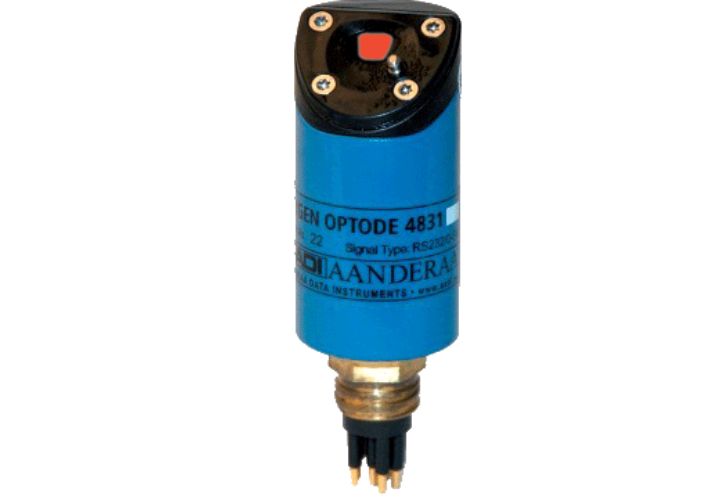

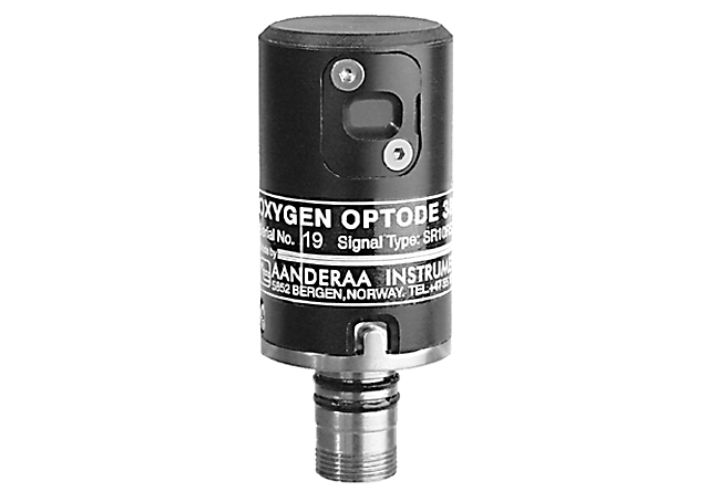
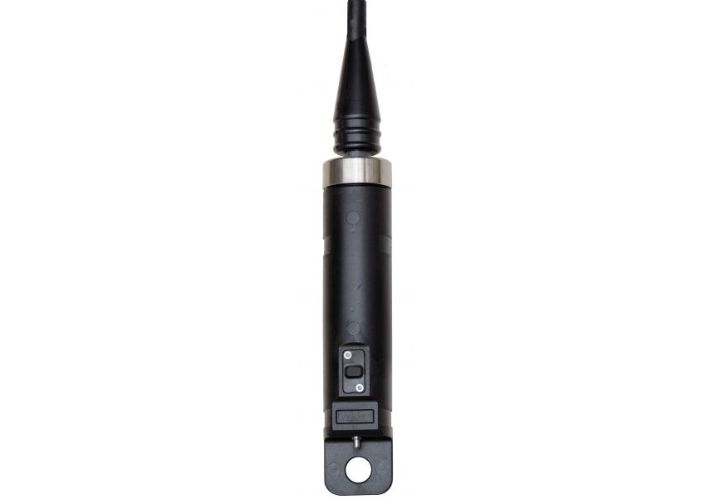
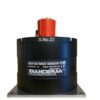
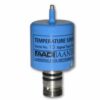
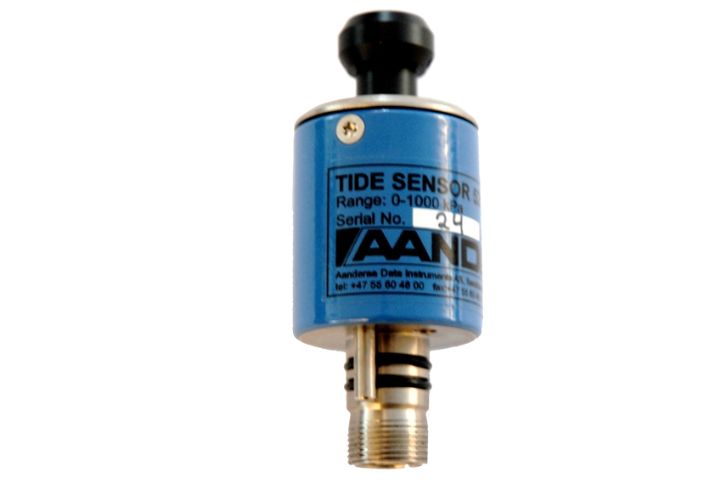
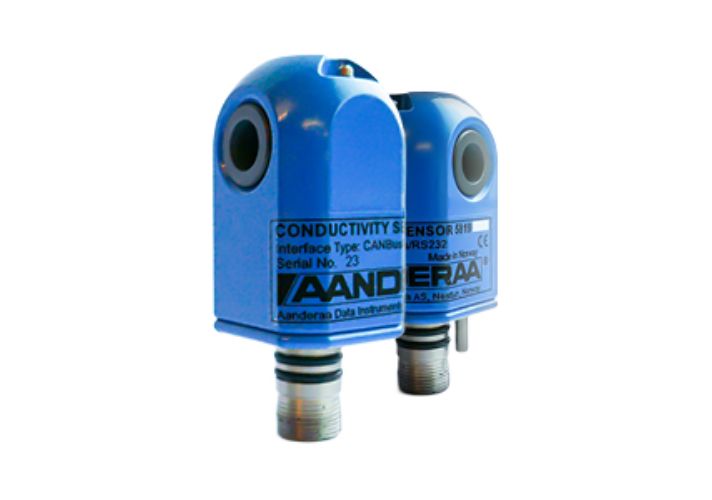
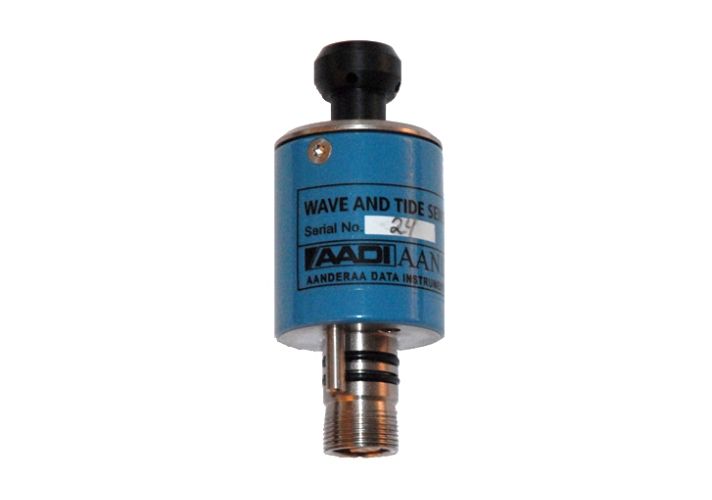
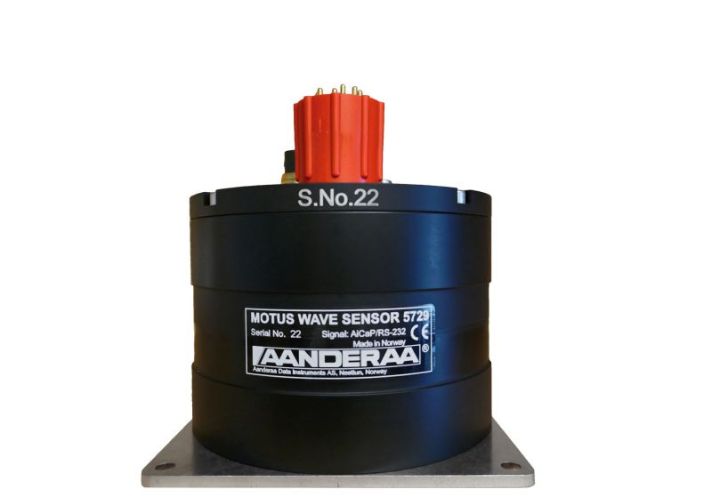
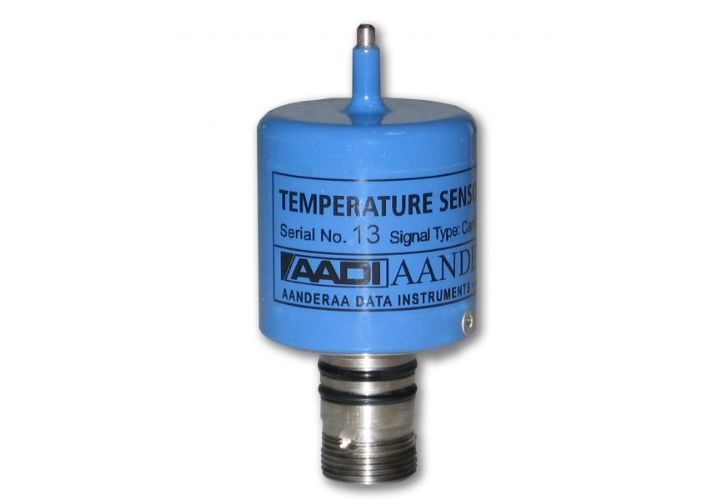
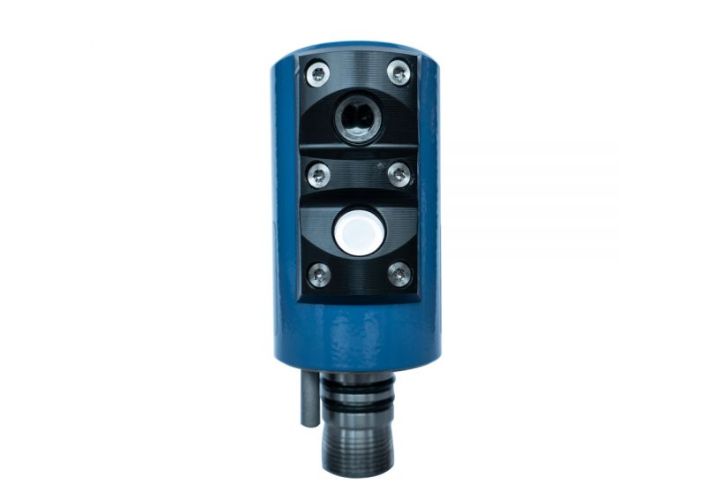
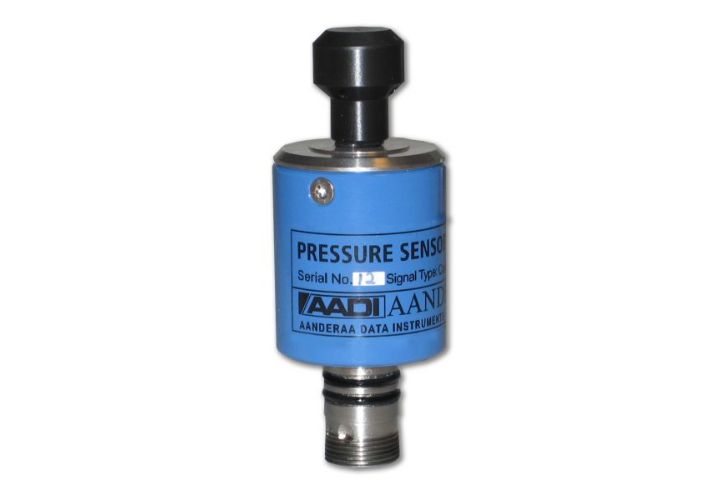
Review Oxygen Sensors
There are no reviews yet.